IEEE Talks Transportation Electrification: Aviation Propulsion
Collaborative efforts between IEEE and AIAA highlights activities and explores likely scenarios for electrified aviation propulsion architectures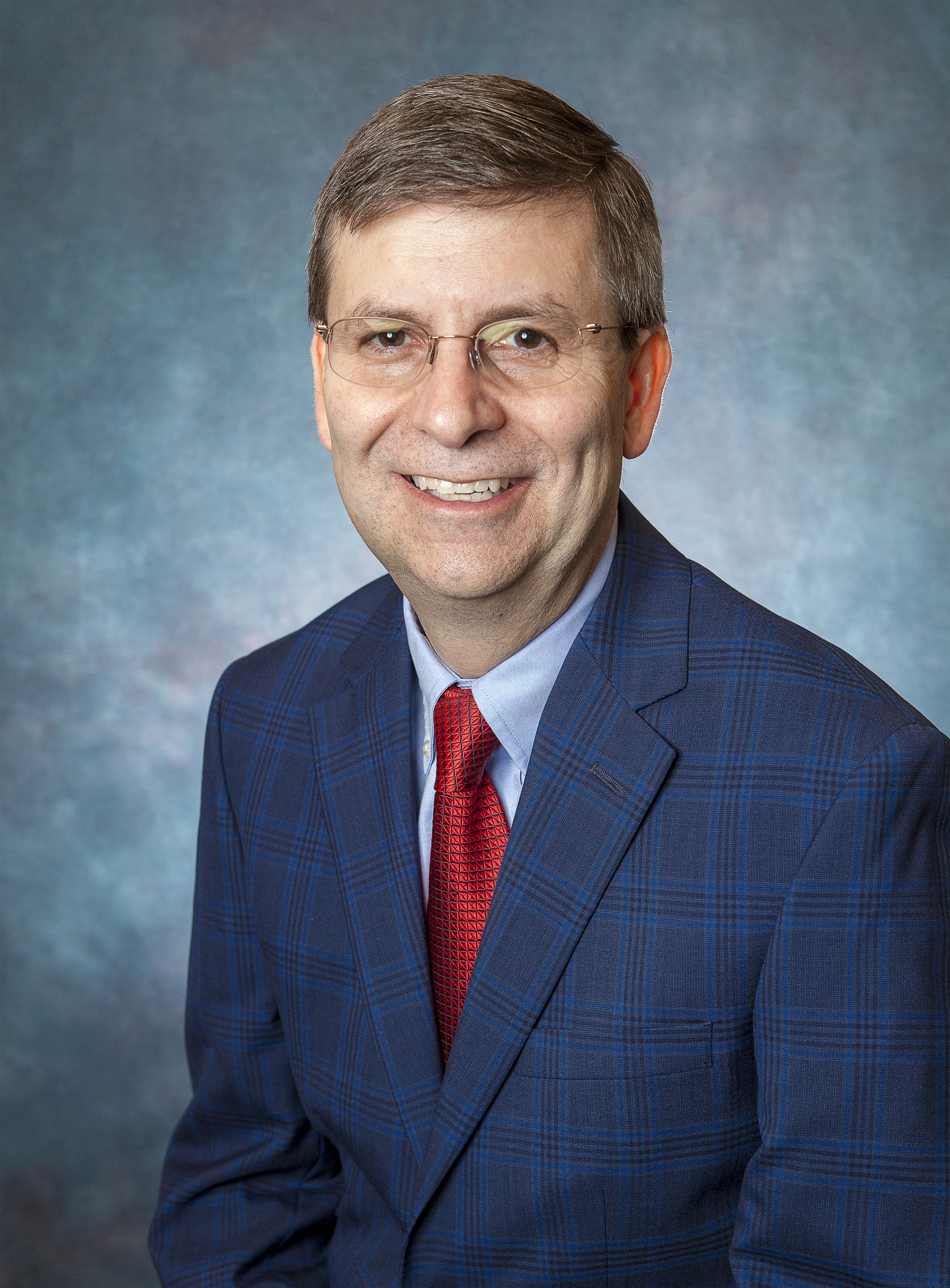 Dr. Marty Bradley, chair of the AIAA Aircraft Electrified Propulsion and Power Working Group and Technical Fellow for The Boeing Company, works in the Boeing Commercial Airplanes Advanced Concepts Group in Long Beach, California. He has been the leader for a variety of projects related to advanced concepts and technologies, aviation environmental life cycle analysis, and propulsion integration for advanced technologies, and was the Principal Investigator for the NASA funded SUGAR study looking at advanced technologies for future commercial aircraft, including the hybrid electric SUGAR Volt.
Dr. Marty Bradley, chair of the AIAA Aircraft Electrified Propulsion and Power Working Group and Technical Fellow for The Boeing Company, works in the Boeing Commercial Airplanes Advanced Concepts Group in Long Beach, California. He has been the leader for a variety of projects related to advanced concepts and technologies, aviation environmental life cycle analysis, and propulsion integration for advanced technologies, and was the Principal Investigator for the NASA funded SUGAR study looking at advanced technologies for future commercial aircraft, including the hybrid electric SUGAR Volt.  Dr. Kiruba Haran, IEEE Fellow, Steering Committee Member of the IEEE Transportation Electrification Community, and the former chair of the Electric Machinery Committee of IEEE-PES, holds a BS in Electrical Engineering from OAU, Nigeria and a PhD in Electric Power Engineering from RPI, Troy, NY. He is currently an Associate Professor in Electrical Engineering at UIUC. Prior to this, Dr. Haran was at GE for 13 years, and led the research group that develops advanced electrical machine technology for all of GE's industrial businesses.
Dr. Kiruba Haran, IEEE Fellow, Steering Committee Member of the IEEE Transportation Electrification Community, and the former chair of the Electric Machinery Committee of IEEE-PES, holds a BS in Electrical Engineering from OAU, Nigeria and a PhD in Electric Power Engineering from RPI, Troy, NY. He is currently an Associate Professor in Electrical Engineering at UIUC. Prior to this, Dr. Haran was at GE for 13 years, and led the research group that develops advanced electrical machine technology for all of GE's industrial businesses.
IEEE Talks Transportation Electrification: Broadening the Scope of IEEE Electrification Magazine
IEEE Electrification Magazine is a quarterly magazine dedicated to disseminating information on all matters related to microgrids onboard electric vehicles, ships, trains, planes and off-grid applications. Through a memorandum of understanding (MOU), the IEEE Transportation Electrification Community recently joined the IEEE Industry Applications Society, IEEE Power & Energy Society and IEEE Power Electronics Society as sponsors of the publication. IEEE Electrification Magazine editor-in-chief Iqbal Husain and Ali M. Bazzi, the IEEE Transportation Electrification Community eNewsletter editor-in-chief, explain what this new relationship means for the cast of diverse stakeholders benefitting from this development.
IEEE Talks Transportation Electrification: Partnership between IEEE and the American Center for Mobility
IEEE Talks Transportation Electrification: Q&A on the recent partnership of IEEE and American Center for Mobility
What is happening?
IEEE and the American Center for Mobility (ACM) have signed a memorandum of understanding (MOU) to help accelerate development and deployment of technical standards for connected and automated vehicles and adjacent technologies and infrastructure.
IEEE Talks Transportation Electrification: Prof. Yaobin Chen
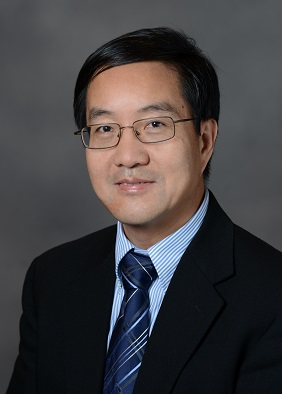 Yaobin Chen, Chair, IEEE Transportation Electrification Community (TEC) Administrative Committee & Chair, Standards Standing Committee, IEEE Intelligent Transportation Systems Society provides insights on IEEE TEC goals and activities.
Yaobin Chen, Chair, IEEE Transportation Electrification Community (TEC) Administrative Committee & Chair, Standards Standing Committee, IEEE Intelligent Transportation Systems Society provides insights on IEEE TEC goals and activities.
Q: How do you define TEC and what’s its mission?
IEEE Talks Transportation Electrification: Prof. Pat Wheeler
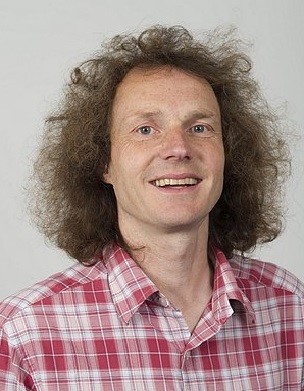 Prof. Patrick Wheeler is a member of the IEEE Transportation Electrification Community who specializes in the electrification of aircraft and also serves as Head of the Department of Electrical & Electronic Engineering and as the Professor of Power Electronic Systems, Faculty of Engineering, University of Nottingham, UK. In this interview, Prof. Wheeler explains the drivers and benefits of increased electrification of aircraft.
Prof. Patrick Wheeler is a member of the IEEE Transportation Electrification Community who specializes in the electrification of aircraft and also serves as Head of the Department of Electrical & Electronic Engineering and as the Professor of Power Electronic Systems, Faculty of Engineering, University of Nottingham, UK. In this interview, Prof. Wheeler explains the drivers and benefits of increased electrification of aircraft.
Question: Would you briefly define power electronics and describe how it applies to aviation?
IEEE Talks Transportation Electrification: Dr. Kaushik Rajashekara
Kaushik Rajashekara on Why Flying Cars are Ready to Go Mainstream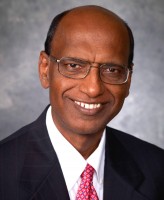 Kaushik Rajashekara is a Distinguished Professor of Engineering at the University of Houston, Texas and a Distinguished Lecturer for the IEEE Transportation Electrification Community. Prior to this, he worked in UT Dallas, Rolls-Royce, General Motors, and Delphi Corporations. In this interview, he explores the technologies and markets for flying cars.
Kaushik Rajashekara is a Distinguished Professor of Engineering at the University of Houston, Texas and a Distinguished Lecturer for the IEEE Transportation Electrification Community. Prior to this, he worked in UT Dallas, Rolls-Royce, General Motors, and Delphi Corporations. In this interview, he explores the technologies and markets for flying cars.
Question: Most people would never consider buying a flying car because it sounds so far-fetched, like something out of “The Jetsons.” Why should they take it seriously?
IEEE Talks Transportation Electrification: Dr. Sheldon S. Williamson
Innovation in both on-board battery management and off-board battery charging is advancing electric transportation.
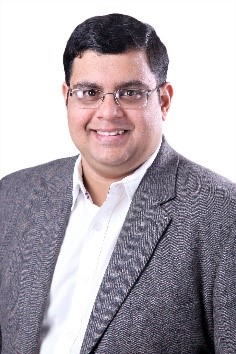
Dr. Sheldon S. Williamson is at the forefront of research and development (R&D) in power electronics to both help lengthen the lifetime of a vehicle’s battery pack and drive standardized approaches to charging for different applications. He is Canada Research Chair in Electric Energy Storage Systems for Transportation Electrification and a Professor within the Department of Electrical, Computer and Software Engineering, in the Faculty of Engineering and Applied Science, at the University of Ontario-Institute of Technology. Noted author and co-author of over 150 papers and several books as well as book chapters on electric transportation and energy storage systems, Dr. Williamson is a Senior Member of IEEE and a Distinguished Lecturer of the IEEE Vehicular Technology Society (IEEE VTS).
Please tell us a little about trends related to battery research for electric transportation.
IEEE Talks Transportation Electrification: Stacy Prowell

Dr. Stacy Prowell is a distinguished lecturer for the IEEE Transportation Electrification Community. Dr. Prowell serves as the Chief Cyber Security Research Scientist in the Computational Sciences and Engineering Division at Oak Ridge National Laboratory. He is the Program Manager for the lab’s Cybersecurity for Energy Delivery Systems program and is the Director of the lab’s Vehicle Security Center. His research focuses on physics-based methods for intrusion detection and semantics-based methods in malware detection and analysis. In this Q&A, Stacy discusses some of the major reasons why vehicles are increasingly vulnerable and what automakers and their owners can learn from the IT world’s security challenges.
Question: What are some factors that make it challenging to secure today’s vehicles?
IEEE Talks Transportation Electrification: Grant Covic
IEEE Talks Transportation Electrification
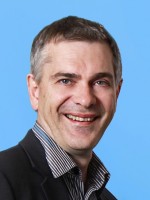 Grant Covic is a Senior Member of IEEE and IEEE TEC distinguished lecturer who heads inductive power research at the University of Auckland. He also co-leads the interoperability sub-team within the SAE J2954 wireless charging standard for electric vehicles (EVs). In 2010, he co-founded HaloIPT, a startup specializing in EV wireless charging technology and was joint head of research until the company’s acquisition in 2011. In this Q&A, Grant discusses why and how wireless charging will be common for EV owners, both consumers and fleets.
Grant Covic is a Senior Member of IEEE and IEEE TEC distinguished lecturer who heads inductive power research at the University of Auckland. He also co-leads the interoperability sub-team within the SAE J2954 wireless charging standard for electric vehicles (EVs). In 2010, he co-founded HaloIPT, a startup specializing in EV wireless charging technology and was joint head of research until the company’s acquisition in 2011. In this Q&A, Grant discusses why and how wireless charging will be common for EV owners, both consumers and fleets.
Question: How did the technology develop?
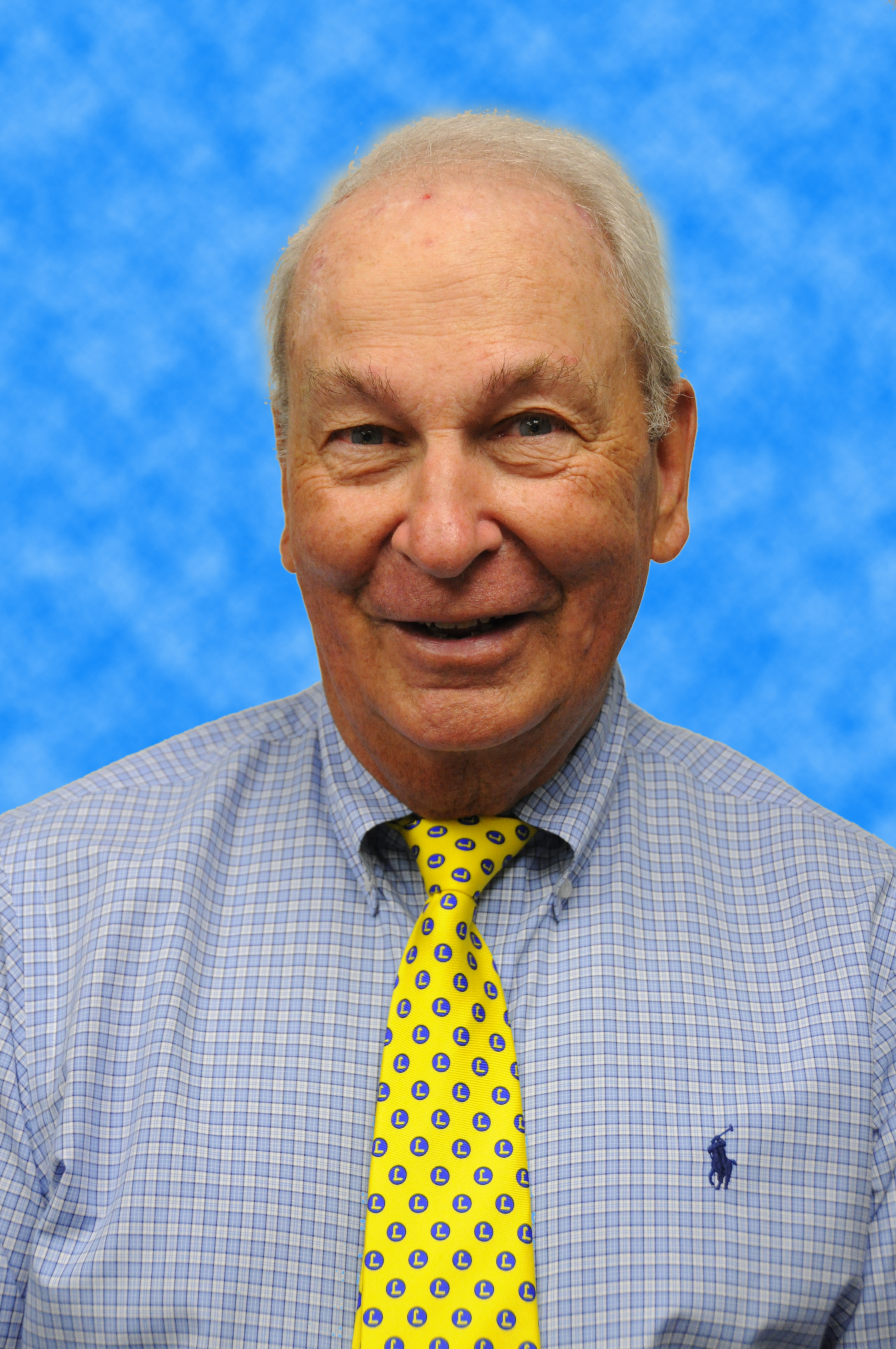
Bob Rassa
Publications Committee Chair
Please check out these IEEE publications:
IEEE Transactions on Transportation Electrification
IEEE Electrical Insulation Magazine
IEEE Talks Transportation Electrification


